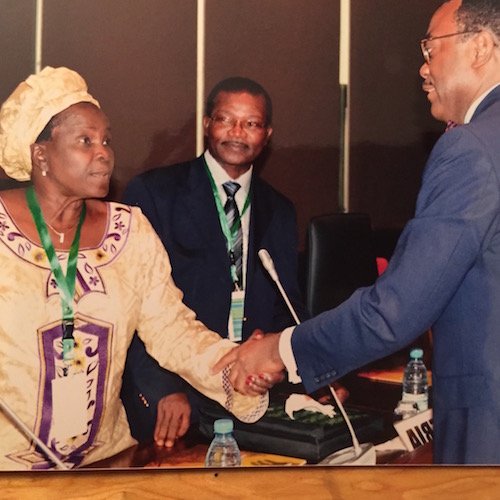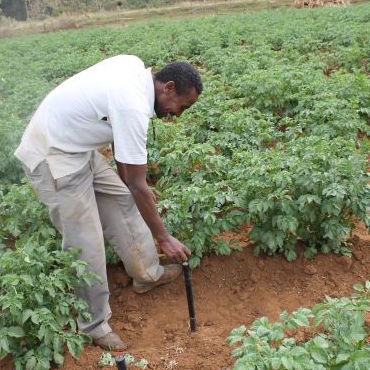Difference between revisions of "Practitioner's Tool"
| Line 34: | Line 34: | ||
{| | {| | ||
|<font size="3" color="#a0a2a3">Source Characterization</font> | |<font size="3" color="#a0a2a3">Source Characterization</font> | ||
| + | |} | ||
| + | {|style="height:145px; background:#efefef" | ||
| + | |align="center" valign="top"| {{Icon|file=filler icon.png|alt=Practitioner's Tool / Source Characterization |width=85|link=Practitioner's Tool / Source Characterization}} <br> [[Practitioner's Tool / Source Characterization | Source <br>Characterization]] | ||
|} | |} | ||
{|style="height:145px; background:#efefef" | {|style="height:145px; background:#efefef" | ||
Revision as of 19:57, 18 November 2016
To whom the tool addresses: The practitioner's tool is intended for NGOs, town engineers, and other stakeholders active on the ground, who aim to change the physical accessibility of WASH systems but lack the technical knowledge and the funds for professional assistance.
The aim of the tool: The tool tries to guide those stakeholders through the whole process from the first source assessment, through planning of the project to physical implementation and sustainable operation. (O&M). The guide is still a work in progress, so it is not finalized yet. The main objective of this tool, is simplification, so that basic previous knowledge be enough for the tool to be used.
Acknowledgements
The Practitioner's Tool was created by the SuSanA Working Group members




